In 1901, the 36-year-old Charles Hallworth had moved from Chepstow to Sockburn, and was living at "White Houses" with his wife Kate & 4 young children. He was working as a Domestic in his trade of Coachman.
Other families at same address (White Houses) all have Domestics as their Head of household, with lots of young children. The White Houses are very near Sockburn Hall so it seems very likely that Charles was Coachman for the family there at the Hall. I got in touch with the family who own it now; hoping they might have some records about the domestic staff, but sadly no! However, Laura of Sockburn Hall has been very helpful - I include some of her words here in this post.
If you'd like to find out more about the Hall, follow these links: local history here; dilapidation of (see here); and now the restoration of (photos here and blog here). A recent arrival has been this old photograph of the Hall, from 1927.
An article on the lovely Northern Echo about Sockburn Hall (May 2009).
Further, a note in the Northern Echo (from August 2007):
"From this newspaper 100 years ago -
A disused well at Sockburn Hall, near Darlington, was discovered in a peculiar manner on Thursday.
A grocer's cart was being driven up the roadway leading to the hall, when the horse stumbled and began to sink. The cartman had some difficulty in extricating it from the hole, which was found to be the shaft of a disused well, the beams of which had rotted."
Do look at the photos, as the stone has a beautiful colour. This one is a favourite of mine. In particular, search out photos of the Coach house - here's a set of them on Laura's Flickr stream and a description here on Keys to the Past. There you'll see the results of a recent working weekend, saving the roof tiles and uncovering the stable floors and fittings. Both the Hall and the Coach House are listed, and indeed the whole site has been found to be a place of worship and importance for many centuries. A fascinating place.
Back to what Laura tells us:
We know that this Coach house building had staff accommodation upstairs ("tack room below and two living rooms above, adjacent to the stables"), yet it seems to have been empty in the year 1901. Laura has "not seen a census record which cites anyone as living in the Coach House". Perhaps, as Charles had his family of 6 to house, the Coach house was too small for them?
Laura continues to tell us that the "White Houses were the houses on the ridge, where the public road ends and a public footpath to Girsby goes off to the left from Sockburn Lane. The area is now known as 'High Farm'. It would certainly make sense that White Houses could have been used by Sockburn Hall/Farm/Estate staff, it's only half a mile from the Hall." See the map here - you'll see it's in a peninsular-like loop of the River Tees.
Clive (Kate Hallworth Junior's Grandson) visited a few years back, when he saw the area of The White houses - which he "was told were demolished some years ago and replaced with another farm building", and also visited Sockburn Hall, being shown round by one of the present owners. "It was in a poor state of repair but very interesting," he tells us.
Visit the Sockburn Hall site to find out how you can help - for working weekends, they not only need people's time & muscles, they also need donations of food (or supermarket vouchers for such) for the lunches...and to borrow wheelbarrows, spades, etc. Lots of other ways to help - see the right hand column of the site.
Who were the Lords of the Manor?
Laura tells us, "Lt William Hopper Williamson, a widower, is recorded as occupying (presumably renting) Sockburn Hall on the 1901 census with his 6 year old daughter Eleanor and a number of domestics." He was a retired Lieutenant, born in Scarborough in 1867 (Mar Q). We also know that he had remarried just after the census in 1901, to a lass named Frances.
"Though the Blackett family (who had built Sockburn Hall in 1834) left the house well before 1901, the Hall and estate was still owned by the Blacketts until 1920 when it was sold by Arthur Edward Blackett to Wilhelmine Vera Thompson of the Thompson family (more info see: http://members.cox.net/ghgraham/stanleythompson1880.html) My family bought the house in the 1950s and sadly we have yet to find evidence of records dating back further than that (pertaining to the Hall) at Sockburn... though we continue in hope!"
Recently they have made contact with a descendant of a previous occupier - you can read about her memories in Withy's blog {3 posts in March '09}.
Call for Book of Contributions
In 1910, a Vicar's daughter near Sockburn Hall put together a book to raise money for the church. For summer 2010, Sockburn Hall is doing it again in order to raise the money needed for it's own restoration! We contributed a short piece about Charles' work at Sockburn for the new edition.
**LATEST News**
The Sockburn folk have published a few quotes to demonstrate what they'd like to hear, and one of them from 1910 is attributed to Mrs. Hallworth of Sockburn!
Make the best of one another: everyone has some weak points; but we must fix our attention on their good qualities, and encourage them.Very good, well done Kate! It is actually helpful to see that she was still living there in 1909/10, as we know the family were at Pepper Arden in Spring 1911. Fascinating!
A pair of Shakespeare quotes also appeared in the 1910 edition - contributed by the young daughters, Lily & Florence Hallworth.
The Coachman
If you'd like to see some images of coachmen & carriages, try this site (British Driving Society). I've also goggled a bit and found images of a carriage which was built in 1880. I wonder if he also ran a Dalmation or coach dog alongside? Apparently they were the preferred breed of dog to accompany carriages for use as a guard dog; they are unafraid of horses and are tireless runners. They're described here as the first 'car alarm'!
Charles' work as a coachman in 1901 was fairly secure, we might think - but the motor car was beginning to appear. The average speed limit in most cities in 1904 was 10mph.
By 1910, there were 100,000 cars in Great Britain. Interesting article to be read here - though it refers to his birthplace Ampthill, not the North East.
from Buzzle.comMany coachmen would have simply become 'chauffeurs' of the motor cars rather than the horsedrawn vehicles. Charles, however, seems to have chosen an alternative career. He ran The New Inn of Stokesley - advertising "good stabling and accommodation for cyclists". It is still there, on the B1365 through Stokesley; see map.
"The history of cars in Britain has seen several attempts to build steam cars. However, Santler is credited with having designed and built the first petrol-powered car in the country, in 1894. The first major production of vehicles in Britain was by the Daimler Motor Company, with their first cars sizzling on the roads by 1897. In 1897, the first ever diesel engine powered automobile was German engineered by Rudolf Diesel. The competition between the steam, electric and gasoline powered cars remained steady and lasted for decades. However, in good time and after a number of alterations and awarded credibility, the gasoline internal combustion engines achieved the deserved dominance by 1910."
We know he was running the New Inn by 1918, and he certainly did not retire early. Read the next post to learn more about the years at Pepper Arden Hall.
More Wheels!
His sons George and Harry continued in the trade by becoming a Milkman and a Motor Bus Driver respectively. Several of Harry's descendants are obsessed with cars/bikes!
Again, many thanks go to Clive, Peter Hallworth, and to Laura Stephens of Sockburn Hall for their glad help in my research into what Charles was doing. Feel free to correct me if I'm wrong, and add more if you know more...Watch this space!

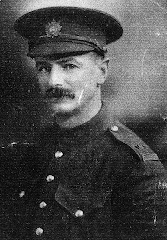
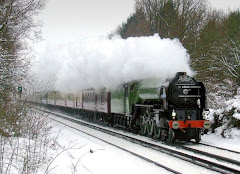








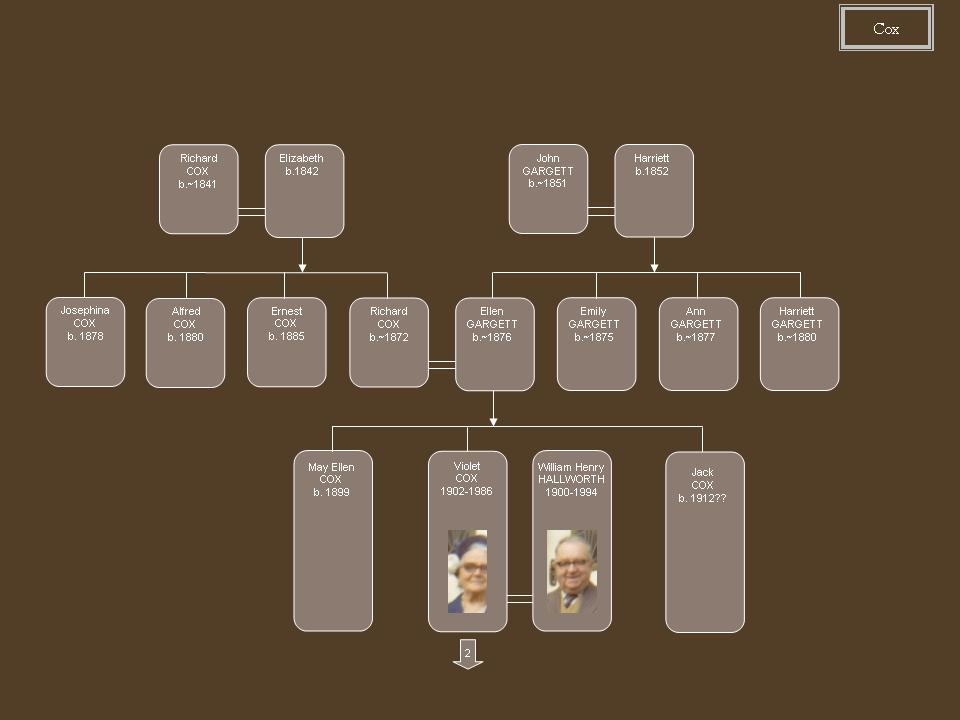
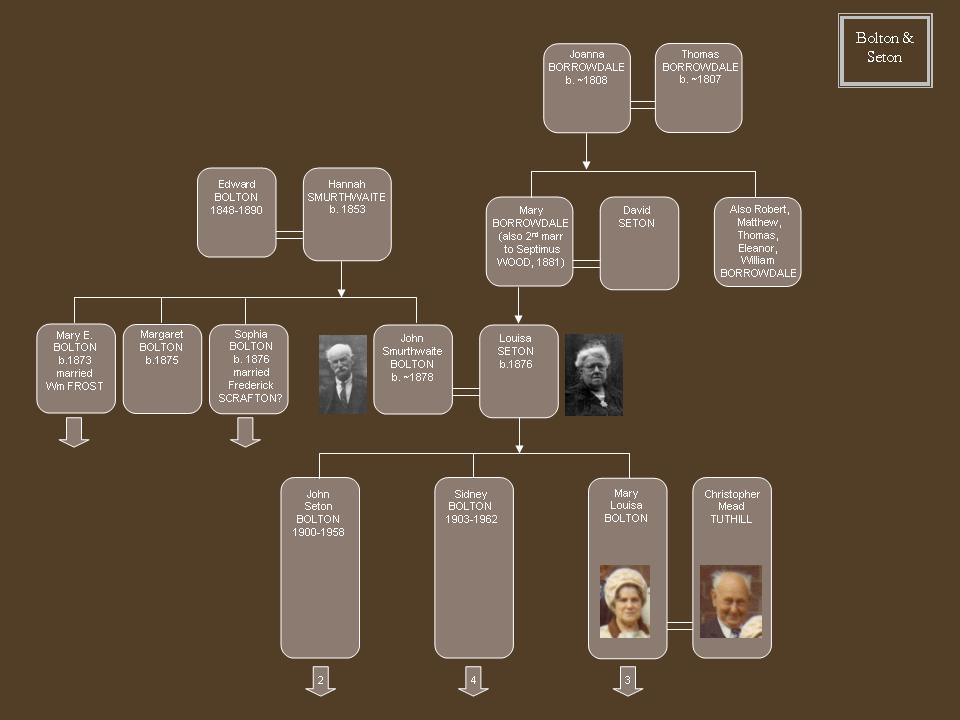
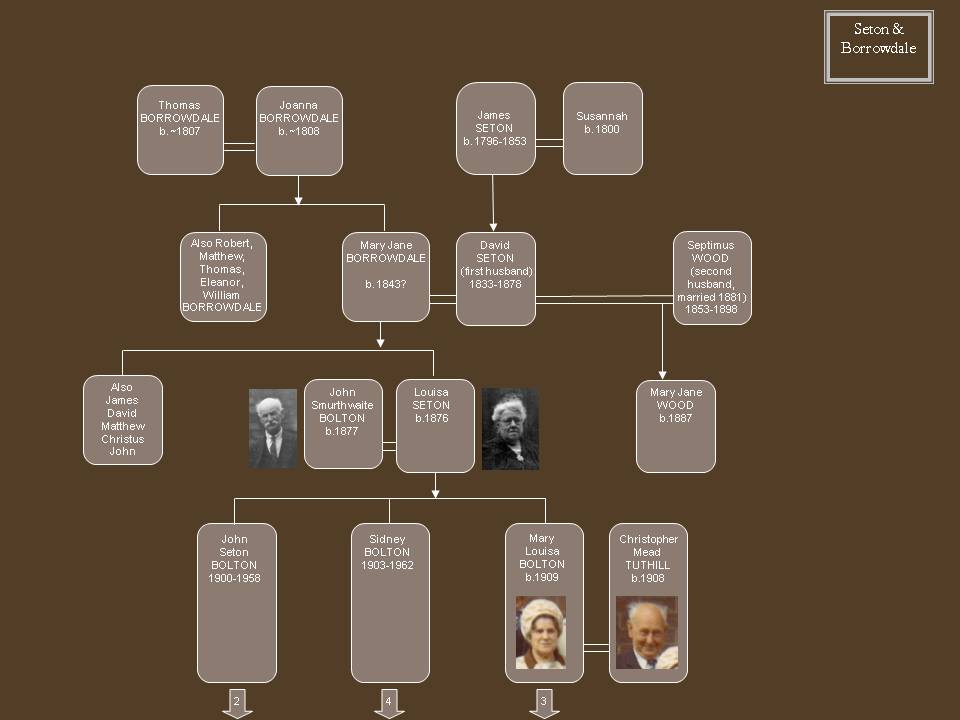
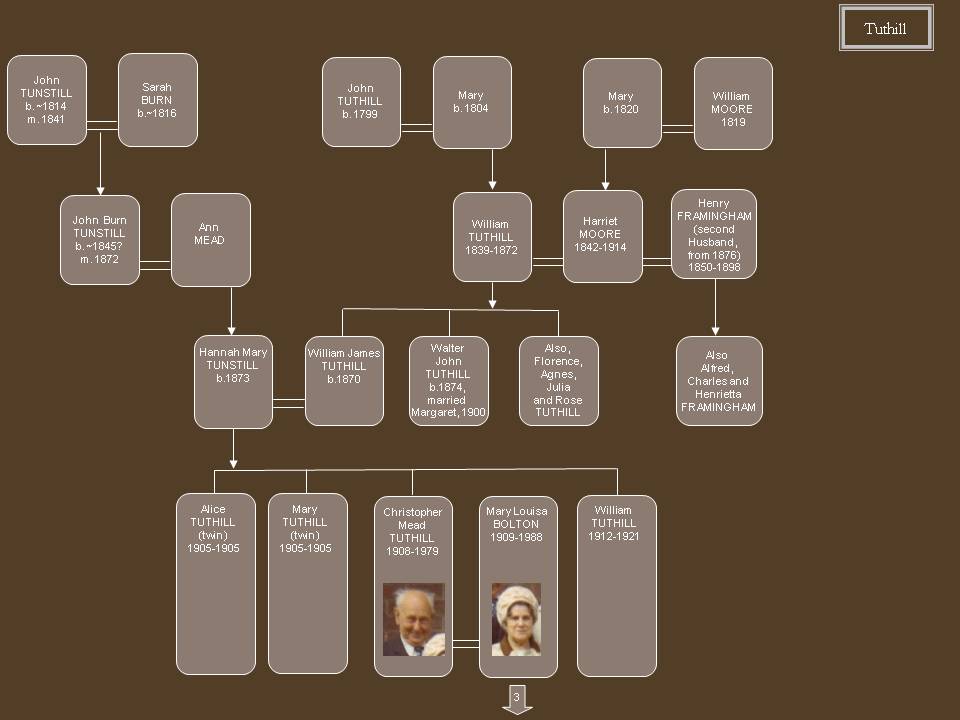
How interesting to find a reference in your notes to the White Houses at Sockburn. My 4 x great grandfather was farming at Sockburn between 1818 and 1826. He was also Churchwarden at Sockburn for the first two years. One of his sons gives his 1820 birthplace as White Houses Sockburn, so if the Hall was built in 1834 the White Houses must predate the Hall. How sad that they are no longer standing.
ReplyDeleteThanks for that comment, Anon. Sorry it took so long to publish, but it got lost amongst a great deal of spam, I'm afraid.
DeleteIt is an interesting point that you raise, thanks again.
L